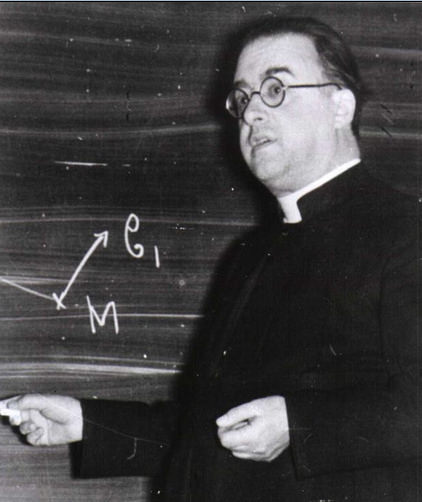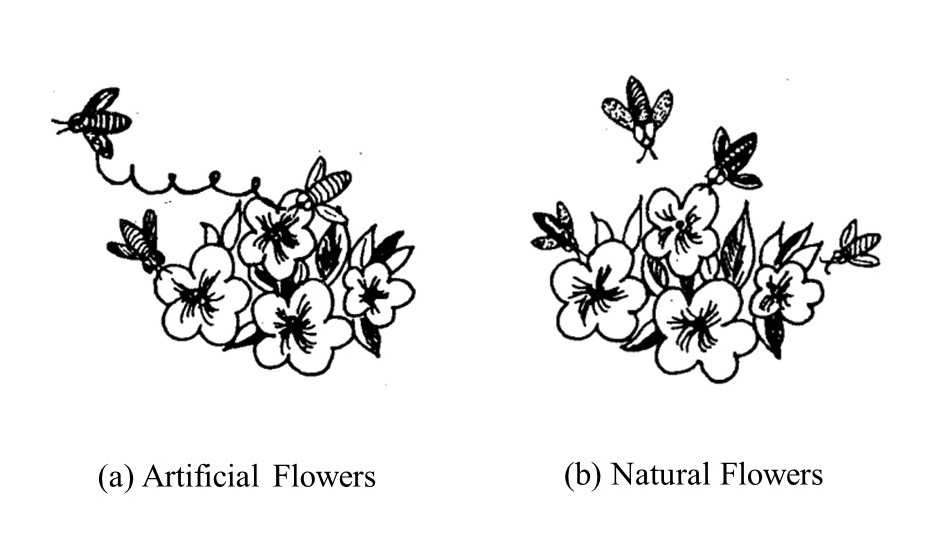
This is a list of scientists who have contributed greatly to our understanding of the world but who unfortunately never won the top honors. While some of the nobel snubs were the product of personal grudges or general biases particularly against women, others were matters of bad timing.
10. Stephen Hawking
 |
| British physicist and mathematician |
The ailing theoretical physicist was known for his contributions to the fields of cosmology, general relativity and quantum gravity, especially in the context of black holes. For a man who was given just a few years to live in his twenties not only did he beat the odds but also revolutionized physics for next half a century.
9. Jocelyn Bell Burnell
Her discovery of rotating neutron stars was recognized by the award of the 1974 Nobel Prize in Physics, but despite the fact that she was the first to observe the pulsars, Bell was excluded from the recipients of the prize.
As a postgraduate student, she helped in building the 16,000 m² radio telescope over two years and was the first person to notice the anomaly, sometimes reviewing as much as 29 meters of paper data per night.
In 2005 several physicists wrote to the Swedish Academy, protesting that Sudarshan should have been awarded a share of the Prize for the Sudarshan–Glauber representation in quantum optics, for which American physicist Roy J. Glauber won his share of the prize.
She is best known for conducting the Wu experiment, which contradicted the most revered law of conservation of parity. This discovery resulted in her colleagues Lee and Yang winning the 1957 Nobel Prize in physics. Wu was not publicly honored until 1978.
Lise Meitner along with long-time collaborator Otto Hahn led a small group of scientists who became the first to discover the nuclear fission of Uranium. The 1944 Nobel Prize in Chemistry was awarded exclusively to Otto Hahn and once again, a deserving candidate was not recognized.
According to Physics Today, Meitner's exclusion from the chemistry award may well be summarized as a mixture of disciplinary bias, political obtuseness, ignorance, and haste. Today, nuclear fission is used to produce electricity in the nuclear power plants.
Lemaître proposed the Big Bang theory. He was the first cosmologist ever nominated for the 1954 Nobel Prize in physics for his prediction of the expanding universe. Remarkably, he was also nominated for the 1956 Nobel prize in chemistry for his primeval-atom theory. He did not win both times.
Poincaré is considered brighter than Einstein by many a scientists. He was the first to propose gravitational waves emanating from a body and propagating at the speed of light as being required by the Lorentz transformations. Poincaré was nominated a record 51 times for the Nobel Prize but never won.
Nikola Tesla was a brilliant inventor known for his contributions to physics and engineering. He is most recognized for developing the alternating current electric system, which is still the predominant system used across the world today. His other inventions include Tesla coil, remote control and wireless telegraphy.
First, he revolutionized cosmology by showing that ours was not the only galaxy. The clouds of light which astronomers saw in the night sky were actually other galaxies beyond our Milky Way. He calculated distances to these galaxies.
Second, he took the world by storm by proving that the galaxies were moving away from one another. The entire universe was expanding. He calculated the speeds at which the galaxies were receding. At the time of these two crucial discoveries, the Nobel Prize in Physics did not recognize work done in astronomy.
Hubble spent much of the latter part of his career attempting to have astronomy considered an area of physics. Shortly after his death, the Nobel Prize Committee decided that astronomical work would be eligible for the physics prize, however, the prize is not one that can be awarded posthumously.
Bose is best known for his work on quantum mechanics in the early 1920s, providing the foundation for Bose–Einstein statistics and the theory of the Bose–Einstein condensate, the fifth state of matter.
Bose's work was evaluated by an expert of the Nobel Committee, Oskar Klein, who did not see his work worthy of a Nobel Prize.
Several Nobel Prizes were awarded related to the field initiated by him but Bose himself was never presented the coveted prize. Yet half the particles in the universe obey him and that itself is a remarkable achievement.
 |
| Irish astrophysicist |
As a postgraduate student, she helped in building the 16,000 m² radio telescope over two years and was the first person to notice the anomaly, sometimes reviewing as much as 29 meters of paper data per night.
8. George Sudarshan
 |
| Indian physicist |
In 2005 several physicists wrote to the Swedish Academy, protesting that Sudarshan should have been awarded a share of the Prize for the Sudarshan–Glauber representation in quantum optics, for which American physicist Roy J. Glauber won his share of the prize.
7. Chien-Shiung Wu
 |
| Chinese experimental physicist |
She is best known for conducting the Wu experiment, which contradicted the most revered law of conservation of parity. This discovery resulted in her colleagues Lee and Yang winning the 1957 Nobel Prize in physics. Wu was not publicly honored until 1978.
6. Lise Meitner
 |
| Austrian-Swedish Chemist |
Lise Meitner along with long-time collaborator Otto Hahn led a small group of scientists who became the first to discover the nuclear fission of Uranium. The 1944 Nobel Prize in Chemistry was awarded exclusively to Otto Hahn and once again, a deserving candidate was not recognized.
According to Physics Today, Meitner's exclusion from the chemistry award may well be summarized as a mixture of disciplinary bias, political obtuseness, ignorance, and haste. Today, nuclear fission is used to produce electricity in the nuclear power plants.
5. Georges Lemaitre
 |
| Belgian Cosmologist |
Lemaître proposed the Big Bang theory. He was the first cosmologist ever nominated for the 1954 Nobel Prize in physics for his prediction of the expanding universe. Remarkably, he was also nominated for the 1956 Nobel prize in chemistry for his primeval-atom theory. He did not win both times.
4. Henri Poincaré
 |
| French scientist |
Poincaré is considered brighter than Einstein by many a scientists. He was the first to propose gravitational waves emanating from a body and propagating at the speed of light as being required by the Lorentz transformations. Poincaré was nominated a record 51 times for the Nobel Prize but never won.
3. Nikola Tesla
 |
| Serbian Inventor |
Nikola Tesla was a brilliant inventor known for his contributions to physics and engineering. He is most recognized for developing the alternating current electric system, which is still the predominant system used across the world today. His other inventions include Tesla coil, remote control and wireless telegraphy.
2. Edwin Hubble
First, he revolutionized cosmology by showing that ours was not the only galaxy. The clouds of light which astronomers saw in the night sky were actually other galaxies beyond our Milky Way. He calculated distances to these galaxies.
 |
| American Astronomer |
Second, he took the world by storm by proving that the galaxies were moving away from one another. The entire universe was expanding. He calculated the speeds at which the galaxies were receding. At the time of these two crucial discoveries, the Nobel Prize in Physics did not recognize work done in astronomy.
Hubble spent much of the latter part of his career attempting to have astronomy considered an area of physics. Shortly after his death, the Nobel Prize Committee decided that astronomical work would be eligible for the physics prize, however, the prize is not one that can be awarded posthumously.
1. Satyendra Nath Bose
 |
| Indian Theoretical Physicist |
Bose is best known for his work on quantum mechanics in the early 1920s, providing the foundation for Bose–Einstein statistics and the theory of the Bose–Einstein condensate, the fifth state of matter.
Bose's work was evaluated by an expert of the Nobel Committee, Oskar Klein, who did not see his work worthy of a Nobel Prize.
Several Nobel Prizes were awarded related to the field initiated by him but Bose himself was never presented the coveted prize. Yet half the particles in the universe obey him and that itself is a remarkable achievement.


























 Physics, astronomy and science history blog for students
Physics, astronomy and science history blog for students